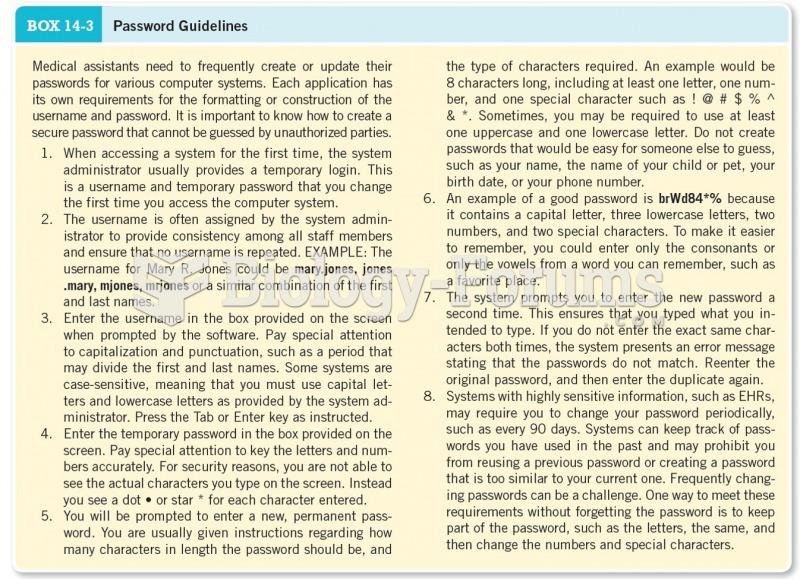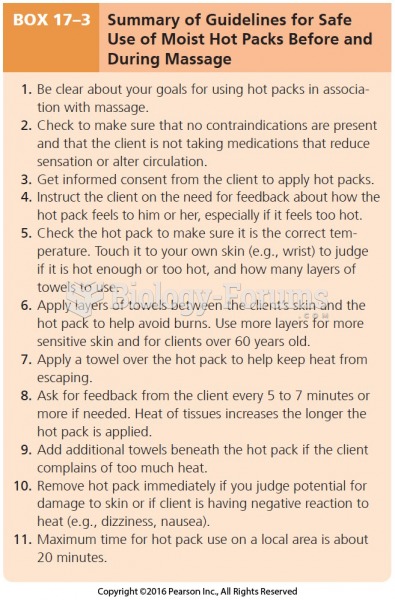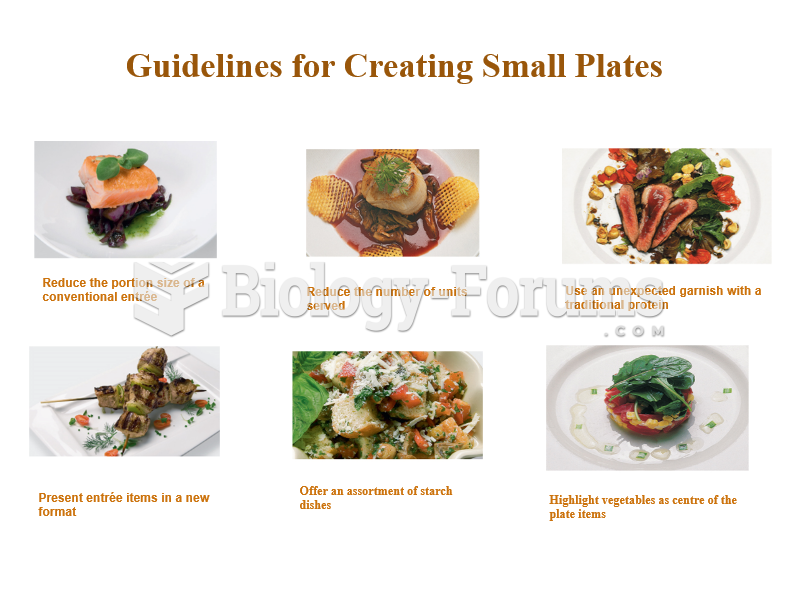Answer to Question 1
As a business writer, you will have opportunities to provide written instructions, or informative
messages, on how to complete a task or how to carry out a procedure. Follow these
guidelines when writing step-by-step instructions.
a) Number the steps to make them easy to follow, and use phrases rather than complete
sentences.
b) Include only necessary information. Avoid giving all the what ifs so your instructions won't
seem too complex.
c) List the steps in the order they are to be completed.
d) Write the instructions with the user in mind define unfamiliar terms and explain
complicated items.
e) Avoid unnecessary cross-references to information in another document. Instead, provide
all the necessary information in the set of instructions.
f) Use white space, headings, and indentions to make the instructions visually clear. Start
each new instruction on a separate line.
g) Test your instructions by having someone read them to see if they are clear and complete.
The best test is to have someone who does not know the procedure try your instructions.
Answer to Question 2
The various acceptable formats for letters are:
a) Block format: In the block letter format, all letter parts begin at the left margin except tables
and other setoff material. Because there are no indentions, the block style is easy to set up
and, therefore, very popular.
b) Modified-block format: Long popular, the modified-block format differs somewhat from the
basic block style namely, the date line, the complimentary closing, and the writer's
identification, that is, name and job title, begin at the center of the page.
c) Modified-block format With indented paragraphs: One variation of the standard modifiedblock format involves indenting the first line of each paragraph a half inch rather than starting it
at the left margin.
d) Personal-business letter format: Personal-business letters generally are not typed on
letterhead stationery; instead, plain paper is used. The writer's return address is typed directly
beneath the writer's typed signature at the end of the letter.
e) Social-business letter format: A special format, the social-business format is sometimes
preferred for letters written to business associates when the subject matter is more social than
business.







